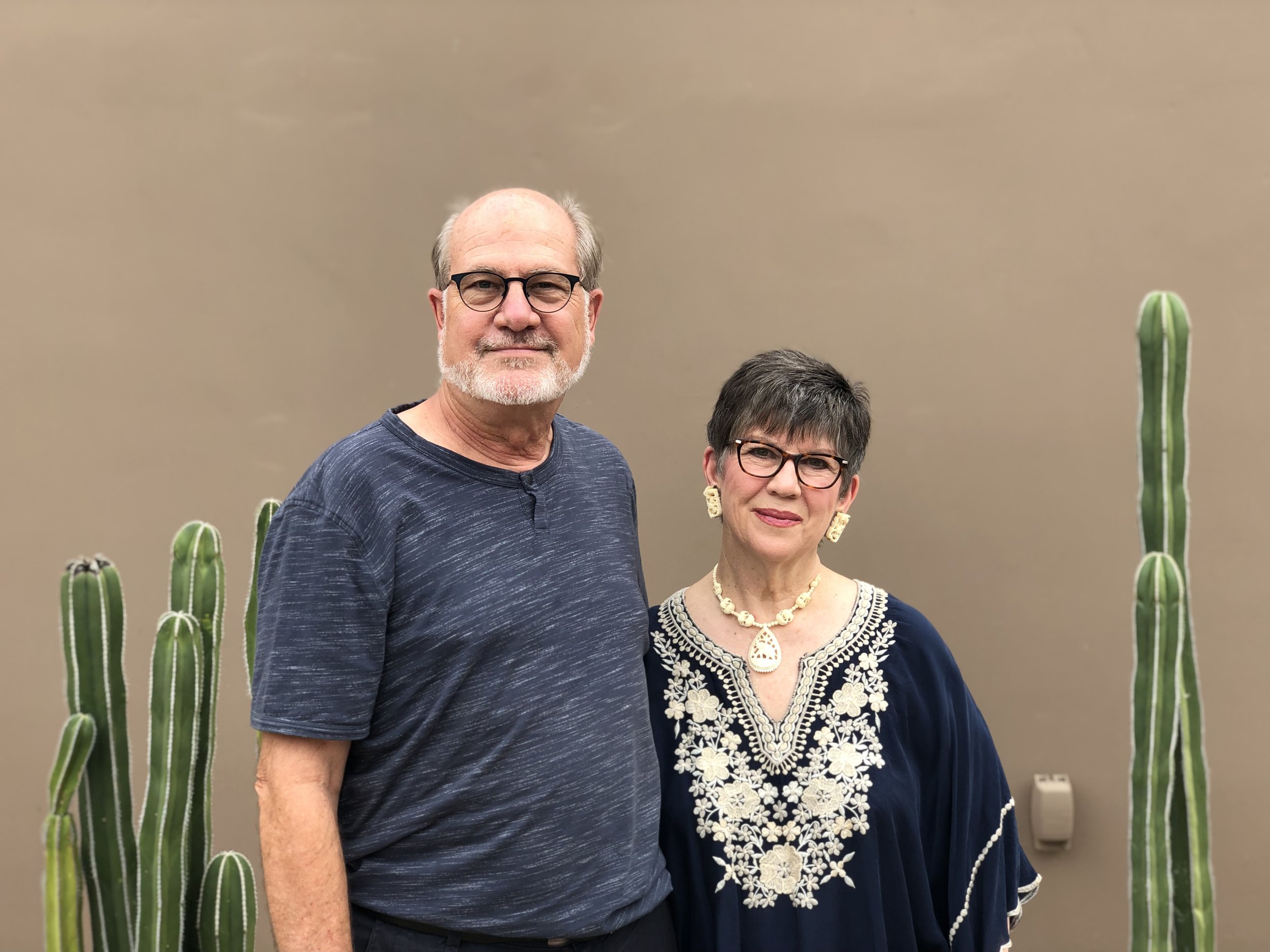William & Cathleen
Size: 15.84 kW
Production: 25,872 kWh /yr
Pika Home Energy Storage System
In 2017, William and Cathleen became TFS’s first battery storage customers, making the decision to go solar along with a Pika Home Energy Storage System.
A desire to have better control over their generation and stability against power outages for their home office operations made battery storage a critical piece of solar’s attractiveness:
“I probably wouldn’t have gone solar,” William says, “if I couldn’t get battery storage, as well. My motivation was a combination of factors. I’ve always liked the idea of using as much electricity as possible, as opposed to other options; the versatility is so great. There’s a bit of the environmental aspect, but I’m an electronics enthusiast - I go as far back as being an original leasee of GM’s EV1! I’ve always liked the idea of generating electricity and after moving to Arizona, with all the sunshine and having a flat roof, it made a lot of sense.
I have friends who are off the grid in northern Arizona and Mexico and I’ve listened to their stories about batteries over the years. While we weren’t aiming for that sort of 100% usage coverage, I do a lot of consulting work online and if the power goes out and my network loses connection while I’m in the middle of a meeting it’s problematic.
In summer especially, with monsoon season and the lightning strikes, we’ve lost power. The longest outage was about 5 years ago and we were down for the better part of 10 hours. Most outages over the years - usually every other year or so - have been a couple hours here or there.
There was also a bit of a concern about the fragility of the national grid in my consideration. I’d been getting close to the point of looking at generators, and that’s when I started getting into the idea of solar: especially if there was an option to store the production. That’s when I got in touch with TFS.
William was an original leasee of GM’s EV1, the first consumer electric vehicle and subject of the documentary “Who Killed the Electric Car”
We have a large home, so the electric bill is significant, especially when we’re cooling it to a comfortable temperature during the summer. Our installation has been even better than I’d anticipated in terms of reducing the monthly electrical costs.
The first couple months, I watched the Pika chart every day. Just checking out how it was working. Now that it’s been a while, I might check every now and then but I mostly don’t think about it. Most days I don’t even remember it’s there.
I haven’t jumped back into a fully electric car again - we currently own a hybrid - but if we did, I would consider expanding my system to be able to fully charge, or at least top off, the car.”
The one place where William and Cathleen have been aware of their system has been in the comfort from usage of their own production:
“I’m less concerned with my energy usage now because the electric bill is so much smaller,” says William. “In previous years, I might’ve liked to drop the thermostat to 73, but I kept it at around 78 because of the cost. Now I feel like I’m using my own energy.” “It’s much more comfortable,” adds Cathleen, “I’m not nearly as aware of what it’s like outside. In the past, I was always chilly in the winter and warm in the summer. I’m living in a house - it’s supposed to be comfortable!”
57,624 lbs
12,936 gallons
25,872 lbs
62,052








